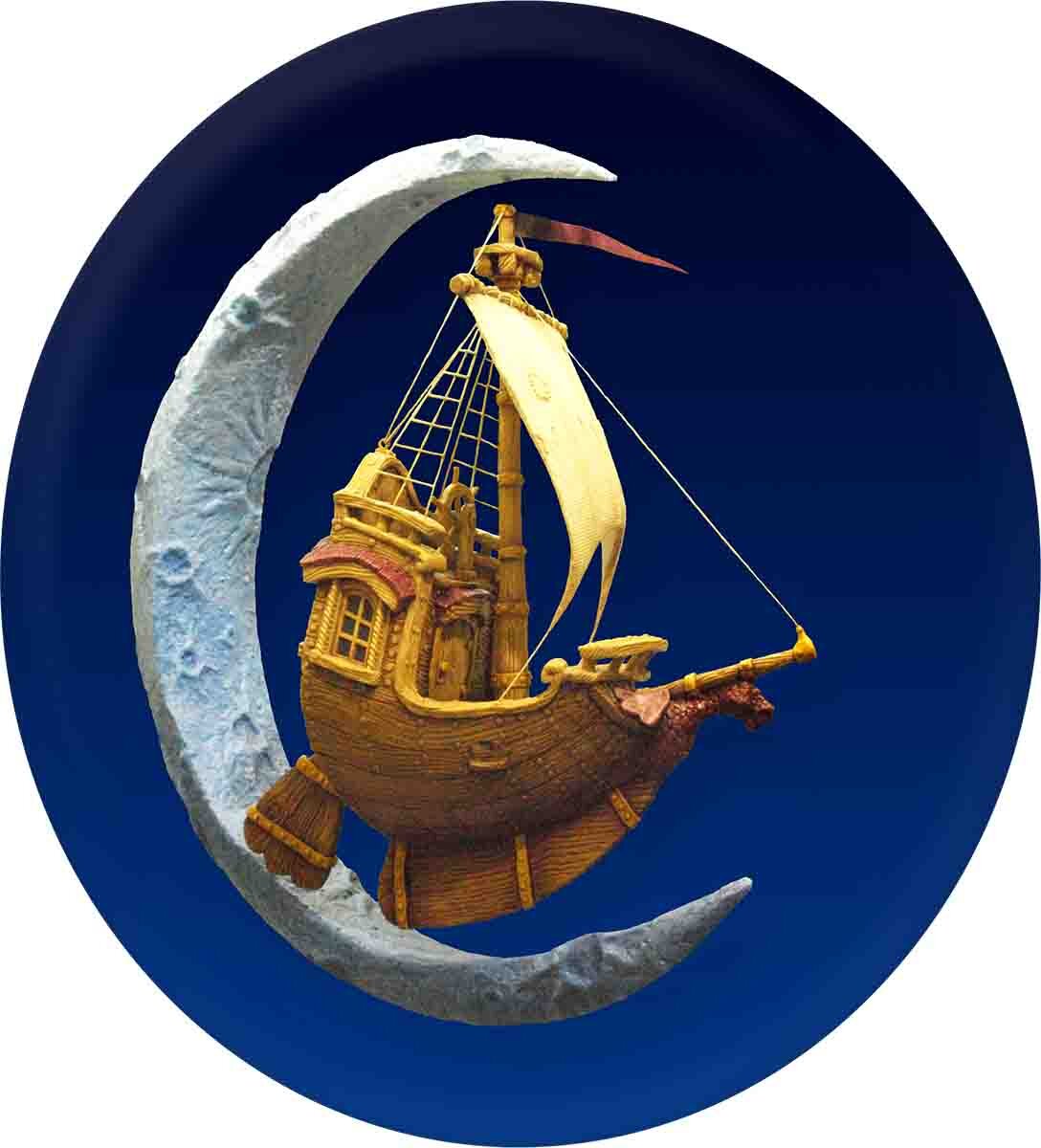The whiteboard for the MultiCam boardroom project was designed to resemble a submarine hatch. Of course, we needed a pen holder to go along with it — and it needed to fit to the room’s theme. After sketching a few ideas we settled on a design that resembled one of those vacuum tube deals, where messages are sent through pipes. Our design includes plenty of pipes, rivets, some Victorian style cast brackets and a pressure gage for good measure! We dug through our bin of spare plumbing pieces, measured everything up and then designed some flanges and bracket pieces to be routed from MDF. The rivets were routed from 30 lbs. Precision Board HDU.
After cutting and glueing the pieces together we laid on a coat of primer to add a little texture and age. The gage will need to be fabricated but we went ahead and fastened the pen holder to the wall.
As I mentioned, each rivet is machined from 30 lbs. Precision Board HDU. After gluing on the 300th rivet we are starting to question the sanity of our design. Nevertheless, all those tiny pieces add add a great deal to the project!














